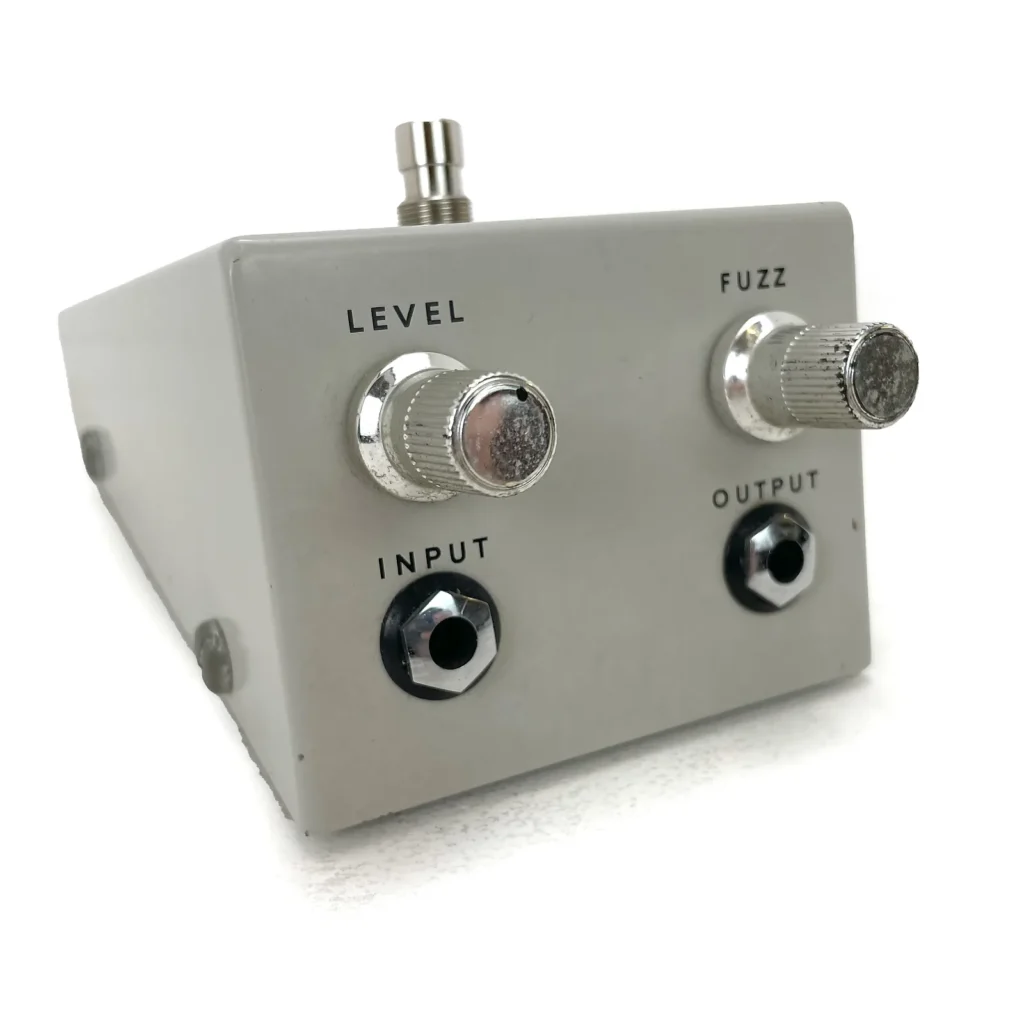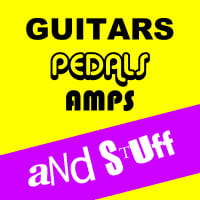
An octave guitar pedal is an effects pedal used to shift the pitch of the incoming guitar signal either up or down by one or more octaves. These pedals can produce tones that are one or two octaves above or below the original signal, creating a unique and often otherworldly sound.
Functionality of Octave Guitar Pedals
Octave Up:
An octave up pedal raises the pitch of the guitar signal by one octave. This can result in a sound that resembles a 12-string guitar or creates a more piercing, almost synthetic, higher-register tone. It adds brightness and shimmer to the guitar sound.
Octave Down:
An octave down pedal lowers the pitch of the guitar signal by one octave, producing deeper and sometimes subterranean tones. It can create a bass-like sound, especially useful when a guitarist wants to simulate a bass guitar alongside their regular guitar playing.
Polyphonic vs. Monophonic:
Some octave pedals are polyphonic, meaning they can track multiple notes simultaneously, allowing chords to be played without glitching. Others are monophonic, more suited to single-note playing due to their inability to accurately track chords.
Songs Utilizing Octave Guitar Pedals
“Purple Haze” by Jimi Hendrix:
The solo in “Purple Haze” famously utilizes an octave pedal, creating a high-pitched, edgy sound that enhances the psychedelic atmosphere of the song.
“Seven Nation Army” by The White Stripes:
Although not played with an octave pedal, the iconic bass-like riff in this song is often replicated using an octave pedal, demonstrating its capability to mimic the sound of a bass guitar.
“Bullet in the Head” by Rage Against the Machine:
Tom Morello from Rage Against the Machine employs octave pedals in various songs to create distinct, unique tones, adding depth and an experimental quality to his guitar work.
“Come As You Are” by Nirvana:
The intro riff in “Come As You Are” showcases the use of an octave pedal to achieve a distinctive sound that contributes to the song’s iconic grunge tone.
“Fell in Love with a Girl” by The White Stripes:
The intro riff and main guitar part of this song make use of an octave pedal to create the bass-like sound that complements the song’s energetic vibe.
Conclusion
Octave guitar pedals offer a wide range of sonic possibilities, allowing guitarists to explore unconventional sounds and add depth to their music. From creating shimmering high-pitched tones to producing thunderous bass-like sounds, these pedals have been used creatively in various genres, contributing to the unique character of numerous iconic songs across the music landscape.

